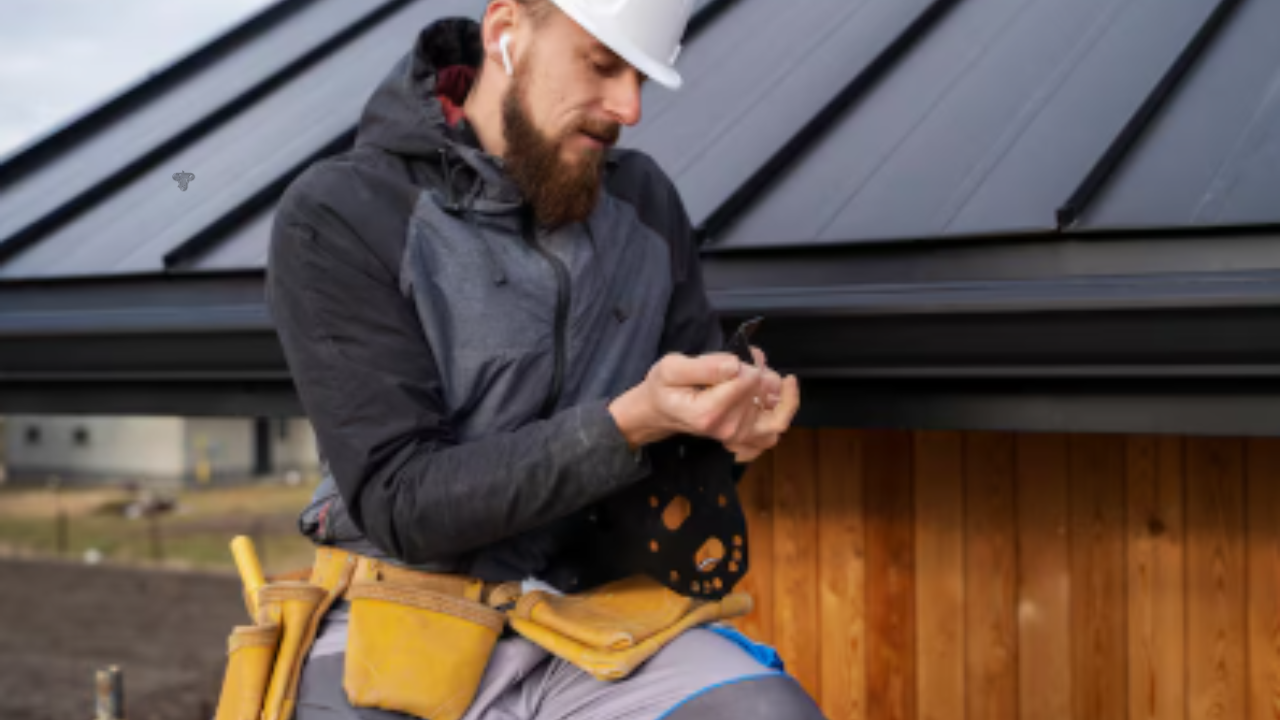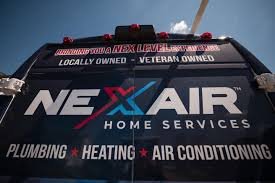The Essential Guide to Roofing Professionals: What Every Homeowner Should Know
Roofs are the silent guardians of every home. They shelter us from storms, block out intense sun, and keep families safe and dry year-round. Yet, despite their importance, roofs often go unnoticed until a problem arises—a leak, missing shingles, or storm damage. When that moment comes, most people turn to a crucial group of skilled professionals: roofers.
Roofing may seem straightforward at first glance, but it’s one of the most complex and dangerous trades in construction. From precision work at steep heights to technical knowledge of materials and weatherproofing systems, roofers bring a unique mix of expertise, endurance, and craftsmanship to every job.
In this comprehensive guide, we delve into the world of roofing professionals, exploring what they do, why they matter, and how to find the right one for your project.
1. What Do Roofing Professionals Actually Do?
At the most basic level, roofers install, repair, and replace roofs on residential, commercial, and industrial buildings. But their job goes far beyond nailing shingles into wood.
Core responsibilities include:
- Installing roofing systems (shingles, tiles, metal panels, flat roofing membranes)
- Repairing damage caused by weather, age, or structural movement
- Inspecting for leaks, weak spots, or mold
- Removing old roofing and disposing of materials safely
- Applying underlayment, insulation, and flashing
- Ensuring proper ventilation and waterproofing
Roofing requires a sharp eye for detail, a strong sense of balance, and an understanding of how roofing integrates with plumbing, HVAC, insulation, and structural framing.
2. Different Types of Roofing Systems
Each roofing material has its own purpose, lifespan, and maintenance needs. A professional roofer should be knowledgeable in all major types, including:
a. Asphalt Shingles
- Most common in residential homes
- Cost-effective and easy to install
- Lifespan: 20–30 years
b. Metal Roofing
- Durable and energy-efficient
- Ideal for areas with heavy rain or snow
- Lifespan: 40–70 years
c. Clay or Concrete Tile
- Fire-resistant and long-lasting
- Heavy—requires strong structural support
- Lifespan: 50–100 years
d. Slate
- Premium material with unmatched longevity
- Expensive and requires skilled installation
- Lifespan: 75–150 years
e. Flat Roofing (EPDM, TPO, Modified Bitumen)
- Common for commercial or modern homes
- Requires proper drainage systems
- Lifespan: 15–30 years
Each type requires a unique installation approach and maintenance plan, which is why hiring experienced roofers is crucial for ensuring quality workmanship.
3. Signs That Your Roof Needs Attention
Many homeowners overlook roof issues until interior damage appears. Here are some warning signs:
- Water stains on ceilings or walls
- Missing or curled shingles
- Granules in the gutters
- Sagging rooflines
- Mold or algae growth
- Light visible in the attic
- Increasing energy bills
Ignoring these signs can lead to serious issues, including structural damage, mold infestations, and costly repairs. Regular inspections and timely interventions by roofing professionals can prevent most of these problems.
4. Roof Installation vs. Roof Repair vs. Roof Replacement
Understanding what your roof needs is essential to budgeting and long-term planning.
Roof Installation
- Typically done on new builds or major renovations
- Requires design planning, permits, and material coordination
Roof Repair
- Focused on fixing isolated issues (like leaks or broken tiles)
- Ideal for extending the life of a roof in otherwise good condition
Roof Replacement
- Involves tearing off the old roof and installing a new one
- Necessary when repairs are no longer cost-effective
Roofers will assess the condition of the structure, material age, and damage severity to recommend the most appropriate solution.
5. The Roofing Process: What to Expect
A typical roofing job—whether repair or full replacement—follows a consistent process.
a. Initial Inspection & Estimate
- Visual and physical assessment of the roof’s condition
- Identification of problem areas and potential risks
- A detailed written estimate including materials, labor, and timelines
b. Material Selection
- Based on climate, budget, home style, and personal preferences
- Professional roofers can help guide this choice based on performance and aesthetics
c. Permits & Scheduling
- Many roofing projects require permits and local code compliance
- The contractor should handle this as part of the service
d. Installation or Repair
- Removal of old materials
- Application of underlayment, waterproofing, flashing, and roofing material
- Site cleanup and inspection upon completion
e. Final Walkthrough
- Customer review and sign-off
- Discussion of warranties and maintenance tips
6. Choosing the Right Roofing Professional
Not all roofers are the same. Selecting the right professional can mean the difference between a job that lasts decades and one that fails within a few years.
Key qualities to look for:
- Licensing and insurance: They should carry both liability and workers’ comp coverage.
- Experience: Years in the industry and expertise with your chosen roofing type.
- References and reviews: Positive feedback from past clients is a good indicator.
- Transparency: A precise estimate, contract, and explanation of warranties.
- Warranties: Both workmanship and manufacturer warranties should be offered.
Avoid door-to-door contractors who appear after storms or natural disasters—many of them are unlicensed or uninsured.
7. Safety in Roofing: Why It Matters
Roofing is one of the most dangerous construction trades. Reputable professionals follow strict safety standards to protect both themselves and their clients.
Common risks:
- Falls from height
- Electrocution from power lines
- Exposure to harsh weather
- Injuries from tools or falling debris
Responsible roofers use harnesses, scaffolding, hard hats, and follow OSHA regulations. This level of caution also ensures that the job is done right the first time, without unnecessary risk or liability.
8. Roofing and Energy Efficiency
Roofing doesn’t just protect against rain—it also plays a major role in regulating your home’s temperature.
Energy-efficient roofing features:
- Reflective surfaces (like cool roofs) reduce heat absorption
- Proper insulation reduces heating and cooling costs
- Ventilation systems extend roof life and improve air quality
Many roofing upgrades can qualify for energy tax credits or green building certifications. Roofing professionals can help you capitalize on these opportunities while reducing your utility costs.
9. Maintenance and Roof Longevity
Even the best-installed roof won’t last forever without care. Routine maintenance keeps small problems from becoming big, expensive ones.
Maintenance tips:
- Clean gutters and downspouts regularly
- Remove debris, moss, and algae
- Trim overhanging branches
- Inspect after major weather events
- Schedule professional inspections every 1–2 years
Professional roofers often offer maintenance packages or seasonal check-ups to ensure your roof stays in optimal condition.
10. Understanding Roofing Warranties
When investing in a new roof, ensure you understand the warranty options available.
a. Manufacturer Warranty
- Covers defects in roofing materials
- Usually ranges from 10 to 50 years
b. Workmanship Warranty
- Covers errors made during installation
- Provided by the contractor (length varies)
Always get these warranties in writing, and clarify what is (and isn’t) covered. Roofers who stand by their work are happy to offer strong warranty terms.
Tech Blaster
Final Thoughts
Your roof does more than shield your home from the weather—it defines the look of your property, influences energy use, and supports the overall structure. Choosing the right team of roofers in Montclair ensures this critical component of your home is treated with the care and precision it deserves.
From installation to repair, from inspection to energy upgrades, professional roofers bring years of experience, technical know-how, and a commitment to safety. Whether you’re building a new home, responding to damage, or planning an upgrade, working with trusted roofing professionals is one of the smartest investments you can make.
When the time comes to take care of the top of your home, don’t settle. Hire the best—and protect everything underneath it.







